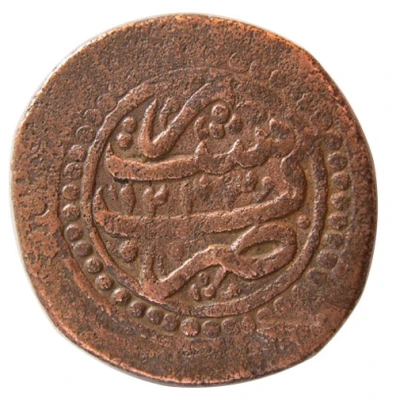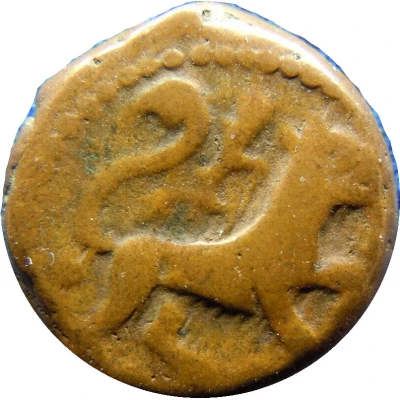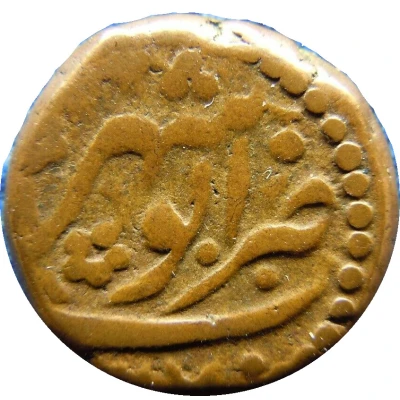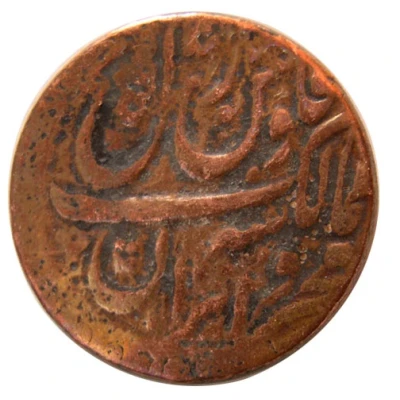
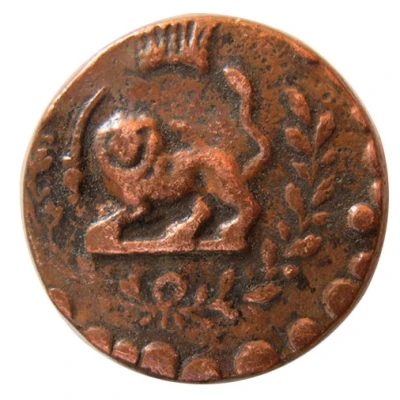

© سامعی (CC BY)
Falus - Mohammad Qajar ND
| Copper | 12.46 g | 20 mm |
| Issuer | Iran |
|---|---|
| Shah | Mohammad Shah (1834-1848) |
| Type | Standard circulation coin |
| Years | 1834-1848 |
| Value | 1 Falus (0.050) |
| Currency | Qiran (1825-1932) |
| Composition | Copper |
| Weight | 12.46 g |
| Diameter | 20 mm |
| Shape | Round (irregular) |
| Technique | Hammered |
| Demonetized | Yes |
| Updated | 2024-10-05 |
| Numista | N#287197 |
|---|---|
| Rarity index | 97% |
Edge
Plain
Comment
Reverse design adapted eventually to become the standard of Persian coinage reverse until 1979 Islamic RevolutionInteresting fact
The Falus coin was used as a medium of exchange in Iran during the reign of Mohammad Shah Qajar (1834-1848). It was made of copper and had a weight of 12.46 grams. Despite its relatively small size, the coin was an important part of the Iranian economy at the time, and it remained in circulation until the late 19th century. It's worth noting that the coin's design and inscriptions reflect the cultural and religious influences of the time, with the obverse side featuring a stylized representation of the Shah's crown and the reverse side bearing a calligraphic inscription in Persian that translates to "Mohammad Shah, King of Kings, may God prolong his reign." Overall, the Falus coin is a fascinating piece of Iranian history and a testament to the country's rich cultural heritage.

